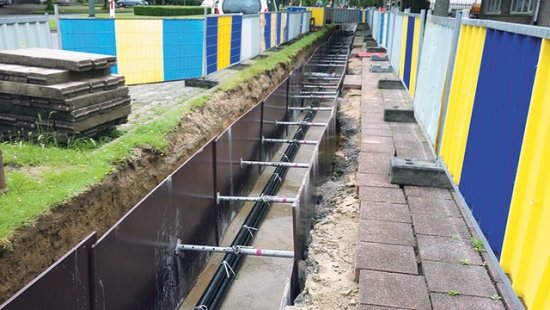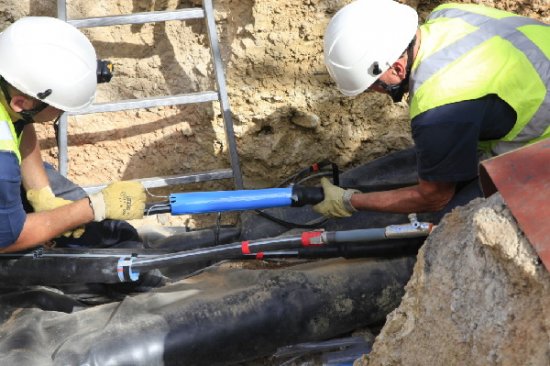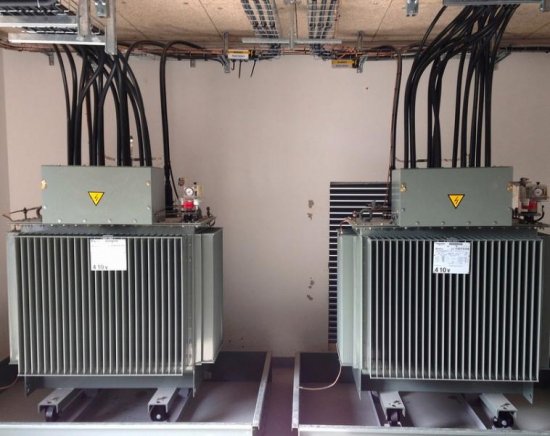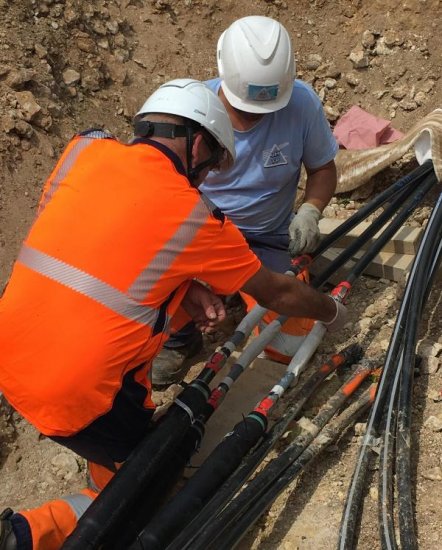Types of cable line damage
Cable power lines are widely used to receive, distribute and transmit electricity to consumers. Cable lines, like any element of electrical networks, can be damaged during operation.
One of the main tasks in the electricity industry is to provide uninterrupted power to consumers, therefore it is necessary, if possible, to minimize the risks of damage to cable lines.
Let's look at what types of damage to cable lines and for what reason these or those damages occur.
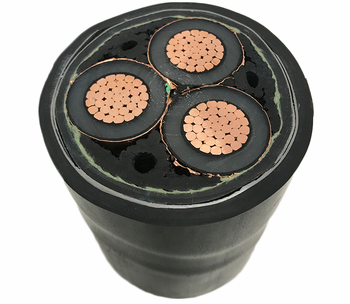
Single phase earth fault
A single-phase short circuit of one of the cable phases to the ground is one of the most common failures of cable lines. In this damage, one of the current-carrying phases due to a violation of the integrity of the insulation contacts with the outer, shielding sheath of the cable, which is grounded.
Single-phase faults, in turn, are classified according to the magnitude of the transient resistance at the fault point.
The first type is a short circuit with high resistance at the contact point, the so-called floating insulation breakdown. With this damage, a chaotic change in the phase voltages is observed in the electrical network.
The second type is a short circuit with a small resistance from a few ohms to several tens of kOhms. In this case, a significant imbalance of the phase voltages in the electrical network will be observed, while the voltage will be lower on the damaged phase, and higher on the other two phases. The lower the resistance at the phase closing point, the greater the voltage imbalance.
The third type is a complete short circuit of one cable core, that is, the transition resistance at the short circuit point is close to zero. In this fault, the voltage on the damaged phase is absent, on the other two phases the voltage rises to linear.
A single-phase earth fault in networks with a solidly earthed neutral is an emergency mode, therefore the line with this fault will be de-energized by the action of the overcurrent protection.
In networks operating in isolated neutral mode, this type of failure is not an emergency, therefore the cable can be energized for a long time until the damaged section is detected and disconnected from the network. Therefore, very often a single-phase earth fault on a cable line in an isolated neutral network quickly turns into a phase-to-phase fault and the line is automatically disconnected.
Phase closure of two or three phases
The second most common type of failure is a short circuit of two or three phases of a cable line.In most cases, the short circuit between the cable cores occurs through the shielded earth sheath — that is, in this case there is a two- or three-phase earth fault.
This type of damage is the most severe and is characterized, as a rule, by large currents that must be turned off by the protection action, regardless of the voltage class and the mode of operation of the electrical network. If for some reason there is a delay in the operation of the protection of the cable line, then visible damage occurs at the short-circuit point, up to a complete break in the cable at the short-circuit point.
Causes of single-phase and phase-phase short circuit:
-
incorrect selection of the type and cross-section of the cable, protective devices or incorrect selection of the setting of relay protection and automation devices;
-
operation of the cable in unacceptable environmental conditions;
-
manufacturing defects or defects resulting from errors in the installation of the cable line;
-
damage to the cable line during operation as a result of external mechanical impact, the negative impact of third-party equipment and communications that are at an unacceptable distance from the cable (due to errors during the installation of the cable or due to inconsistent actions during the construction of various objects and communication communications);
-
natural wear of the insulating material and corrosion of metal structural elements of the cable line.
Breakage of one or more wires
Another possible type of cable failure is breakage of one or more cores.Wire breakage occurs as a result of unwanted displacement or stretching of the cable, due to an incorrectly selected type of cable, errors in the installation of poles, different structures or when laying in the ground, as well as as a result of external mechanical influences.
An open circuit may also be accompanied by a ground fault if the integrity of the insulation is broken between the broken conductor and the outer, grounded sheath of the cable. In this case, grounding can be both broken and solid wires.
A break in the core of a cable line often occurs nearby connectorsas the most vulnerable section of the cable line. The reason for this failure can be an error during the installation of the coupling, as well as due to constant displacements and subsidence of the soil.
Combined damage
On one cable line, there can be several damaged sections at the same time and the damage can be of different nature. Similar damage can occur when the cable is subjected to mechanical stress in different areas.
Perhaps the reason can also be the presence of «weak places» (partial violation of the integrity of the insulating materials, a factory defect), which withstand the nominal load, but with a significant excess of the current that flows during a short circuit, the cable is damaged at these places.
For this reason, situations often arise when, after removing the damage, voltage is applied to the cable and the protection is triggered again, indicating the presence of another damaged section along the cable line.
Therefore, before applying voltage, you should make sure that there are no other damaged areas on the cable. That's what they produce for measuring cable insulation resistance with a megohmmeter, and in high-voltage networks on long cable lines, a special test installation is used to search for faults.

